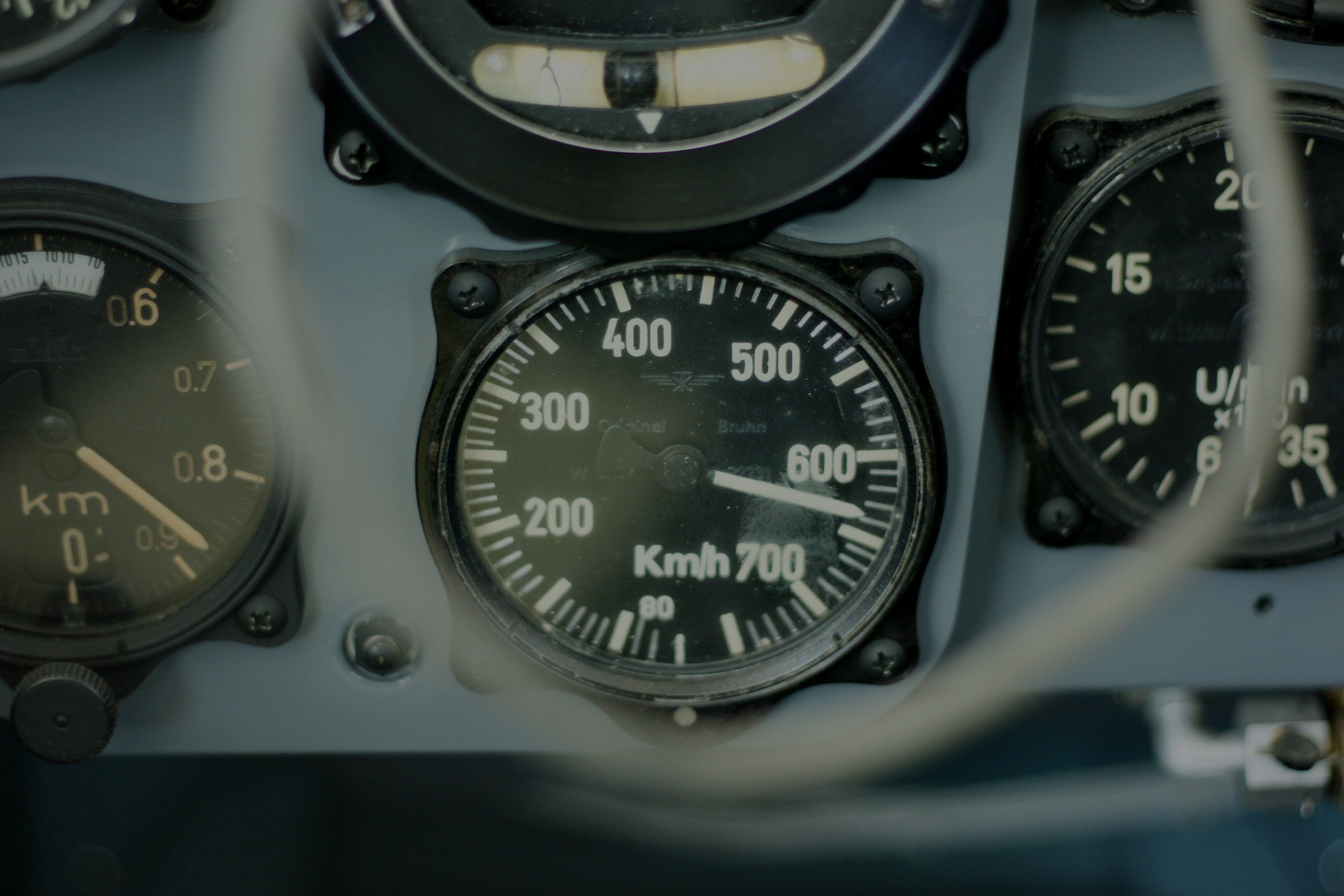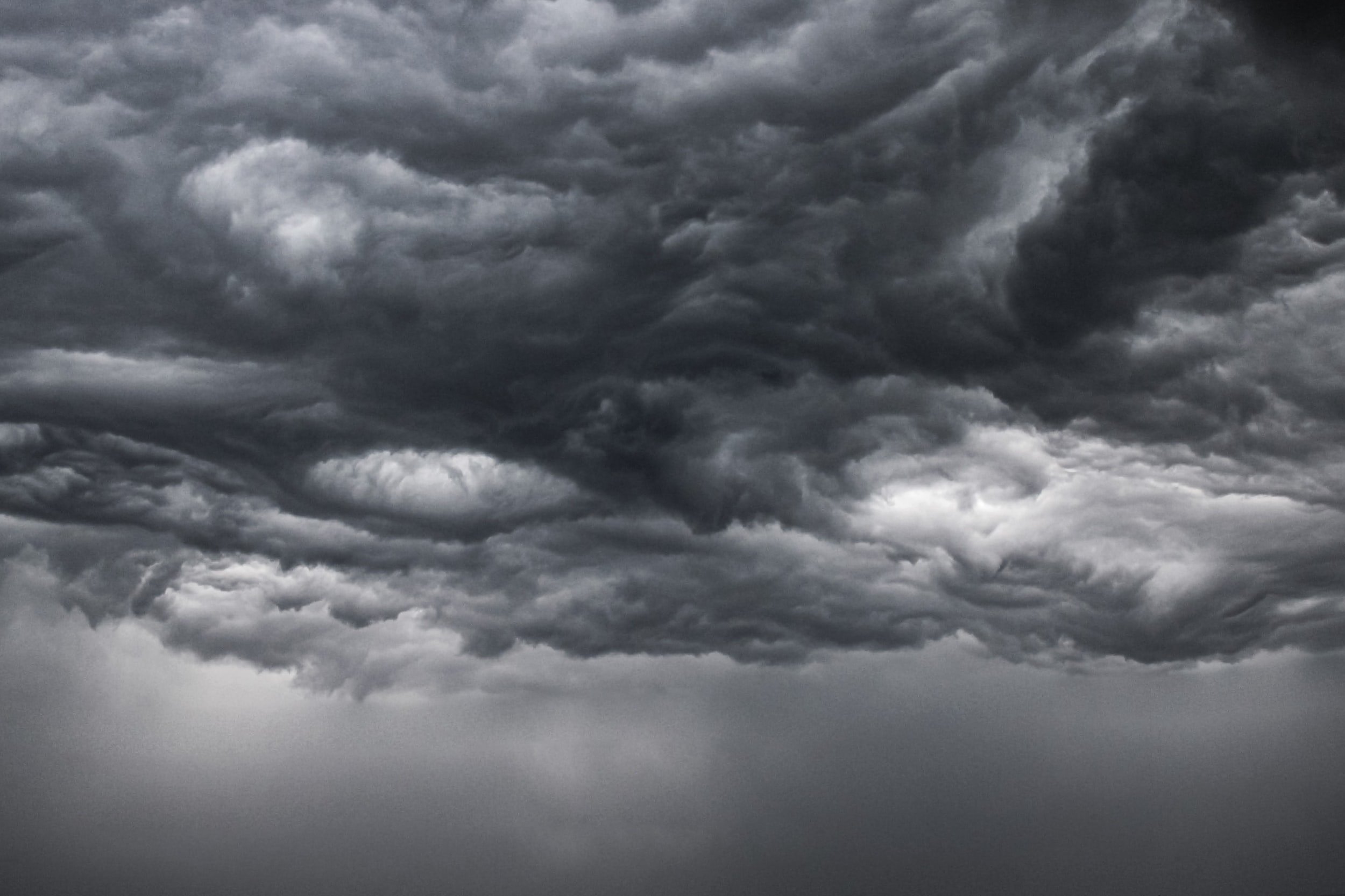
Black Tulip
The Life and Myth of Erich Hartmann, the World’s Top Fighter Ace
“I am jealous. This is a wonderfully different—and wonderfully written—work. Schmidt is no fawning fanboy of the ‘Greatest Ace of All Time.’ Instead, he is a sympathetic and insightful researcher who has produced an engrossing and thoughtfully wandering analysis of the multi-dimensional Hartmann that is unlike, and better than, anything ever done.”
-Jay Stout, author of Vanished Hero and Unsung Eagles
“Portrays a complex human … Black Tulip does much to fill in the backstory of the greatest fighter ace.”
-Flight Journal
“A fascinating insight into the making of a flying legend … exposes through rigorous analysis how myths are made, and sometimes used, to excuse one of the most evil mass slaughters in history.”
-RAF (Royal Air Force) News
As featured in:
Air & Space Magazine:
“As part of your research, how did you get the opportunity to sit in the cockpit of a Messerschmitt? How did it feel to be in the cockpit of a World War II aircraft?”
ES:
“This was an early highlight. I contacted the curator at the Evergreen Aviation & Space Museum in Oregon (near where I lived at the time) asking if I could go behind the ropes and inspect their 109. It was a Bf 109G-10, which is one of the versions Hartmann flew. How did it feel? Cold and hard. You can tell right away that this thing was made from sheet aluminum and rivets. There was a strange fragility to the plane, actually. The cockpit was painted a dark gray, which is accurate—it would have been a stormy gray called RLM 66—and aside from a few splashes of color from knobs and switches, it was awfully dark in there.
For some reason, I remember being fascinated by a little side vent near the pilot’s left arm. It seemed so underdeveloped. It could be adjusted to let outside air in, but it fit imperfectly and I could always see daylight out of it, even when it was closed. These machines really were mass produced by the tens of thousands—and in a hurry. It was an important moment for me. It’s rare and special to access an artifact like that. When I finally climbed out, I felt closer to Hartmann and his experience, but I was also aware of how radically different my life is from his.”


